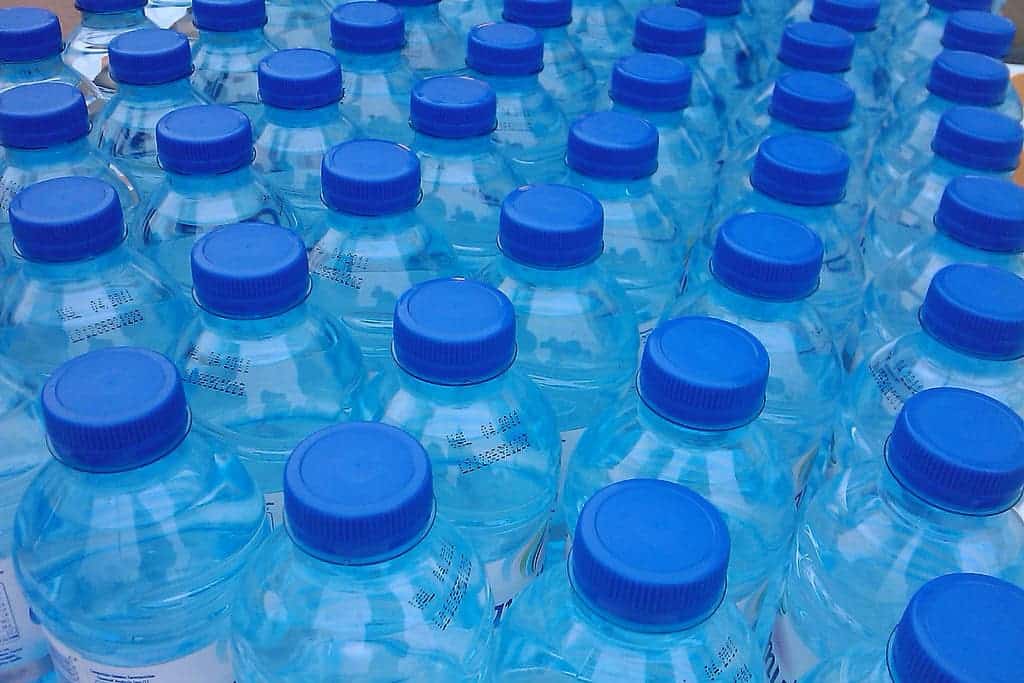At one time or another, we have all grabbed a plastic water bottle from the grocery store. Perhaps it’s a matter of convenience, water quality, or habitat. Concerning findings from the State University of New York at Fredonia may make us rethink using a plastic water bottle. Not only do single-use plastics have a negative impact on the environment, but also on our health. The study found that more than 90% of bottled water sold by the world’s leading brands were contaminated with tiny plastic particles.
Plastic water
The study found “widespread contamination” in bottled water across nine countries. In total, 250 bottles of water in Brazil, China, India, Indonesia, Kenya, Lebanon, Mexico, Thailand, and the United States were tested.
Alarmingly, 93% of the samples contained plastic, including bottled water from known brands such as Aqua, Aquafina, Evian, Nestle Pure Life, and San Pellegrino. Most of the particles were composed of polypropylene, nylon, and polyethylene terephthalate (PET), which are used to make the bottle caps. The concentrations ranged widely, from zero to an astounding 10,000 plastic particles in one bottle.

On average, 10.4 plastic particles in the 100 micron (0.10 millimeter) size range were found per liter. However, smaller particle were even more common—they averaged 325 per liter.
“In this study, 65 percent of the particles we found were actually fragments and not fibers,” researcher Sherri Mason from the State University of New York at Fredonia told AFP. “I think that most of the plastic that we are seeing is coming from the bottle itself, it is coming from the cap, it is coming from the industrial process of bottling the water.”
Health concerns
At the moment, there is not enough research to confidently say what the health effects of ingesting microplastics are.
“There are connections to increases in certain kinds of cancer to lower sperm count to increases in conditions like ADHD and autism,” said Mason. “We know that they are connected to these synthetic chemicals in the environment and we know that plastics are providing kind of a means to get those chemicals into our bodies.”
The particles may not be so bad on their own, although we don’t have conclusive evidence for that either. What we do know is that plastic particles can absorb and release potentially harmful chemicals and bacteria.
Bottled water is not alone. Last year, Orb Media conducted research that found plastic particles in tap water as well. They were in lower quantities than found now in bottled water, making tap water the safer option. There were an average of four plastic particles per liter. We may also consume plastic particles in salt and seafood. Plastic in food and water is a genuine concern– who wants to eat or drink plastic? The overarching problem that we need to solve is how to use fewer plastics, especially single-use plastics.
It is time to decrease our plastic consumption—for the environment, animals, and our health. Do we really need any other reason?


